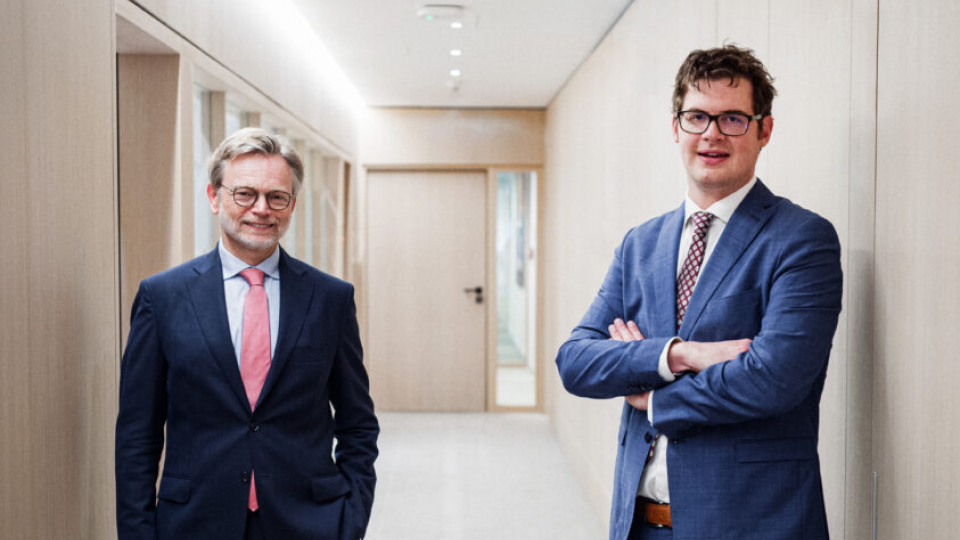
The use of liquidity pockets for open-ended Eltifs, European long term investment funds, remains to be clarified by the European Commission. In their first contribution as Knowledge Partners for Investment Officer, Marc Meyers and Sebastiaan Hooghiemstra of Loyens Loeff Luxembourg review the liquidity management tools proposed under the EU's supervisory standards for the new generation of Eltifs.
On 19 December 2023, Esma published its Final Report on the Draft regulatory technical standards (Eltif 2.0 RTS) under Regulation 2023/606 (Eltif 2.0). Since Esma published its consultation paper, liquidity management tools (“LMTs”) of Eltifs have been the core focus of the discussion. This contribution sheds some light on the proposed LMTs and offers some insights as to its impact on (open-ended) Eltifs, if adopted in current form.
Elfit 2.0, which applies as from 10 January 2024, contains a provision in which Esma was requested to develop regulatory technical standards that specify certain elements of the Eltif LMTs in more detail, such as the minimum holding period, the minimum information to be provided to the competent authority of the Eltif, the requirements to be fulfilled by the Eltif in relation to its redemption policy, LMTs and criteria to assess the percentage of the “liquidity pocket”.
Mandatory LMTs
In this respect, Esma published its final report on 19 December 2023 that has been submitted to the European Commission for endorsement and final approval. In general, the Eltif 2.0 RTS are well-received, as they are principle-based and allow both fund managers and competent authorities for a sufficient degree of flexibility. This being said, while most concerns raised, such as the “comply-or-explain” minimum holding period of three years, during the consultation period, have been addressed by Esma in its final report, there is, however, one item which makes it difficult to operate open-ended Eltifs, namely the mandatory LMTs and related “liquidity pocket” minimum thresholds to be employed for Eltifs.
Although the AIFMD and also the agreed text of AIFMD 2.0 leave fund managers a certain degree of discretion in picking a set of LMTs that fit the specific fund in question, Eltif 2.0 strictly regulates a minimum set of LMTs to be employed. In addition to NAV suspensions, these should include a notice period, one anti-dilution liquidity management tool, such as anti-dilution levies, swing pricing or redemption fees and redemption gates.
Indeed, the Eltif 2.0 RTS require a minimum notice period of 12 months for investors and those open-ended Eltifs that wish to implement a shorter notice period are required to hold a minimum liquidity pocket that, depending upon the notice period in place, may be up to 40% of the Eltif’s portfolio.
This has raised concerns in the market, as those proposed minimum standards with respect to liquidity pockets are clearly too restrictive and not in line at all with the current market and regulatory practice for (semi-) open-ended funds.
Unattractive?
In particular, the high liquidity pockets where 40% of the assets would be held in Ucits eligible assets will negatively impact the return profile of (semi)open-ended Eltifs and make them unattractive. This would be a pity for an initiative in which all involved parties have heavily invested to allow for a market-friendly reform that would be operable.
Although this causes uncertainty in relation to the viability of open-ended Eltifs in the market, it remains to be seen whether the European Commission will pick up and address those concerns from market players in a pragmatic manner when adopting final Eltif 2.0 RTS by means of a Commission Delegated Regulation.
Marc Meyers is co-managing partner of Loyens & Loeff Luxembourg and heads its investment management practice group. Sebastiaan Hooghiemstra is a senior associate in the investment management practice group of Loyens & Loeff Luxembourg and senior fellow/guest lecturer of the International Center for Financial Law & Governance at the Erasmus University Rotterdam. The law firm is a knowledge partner of Investment Officer.




